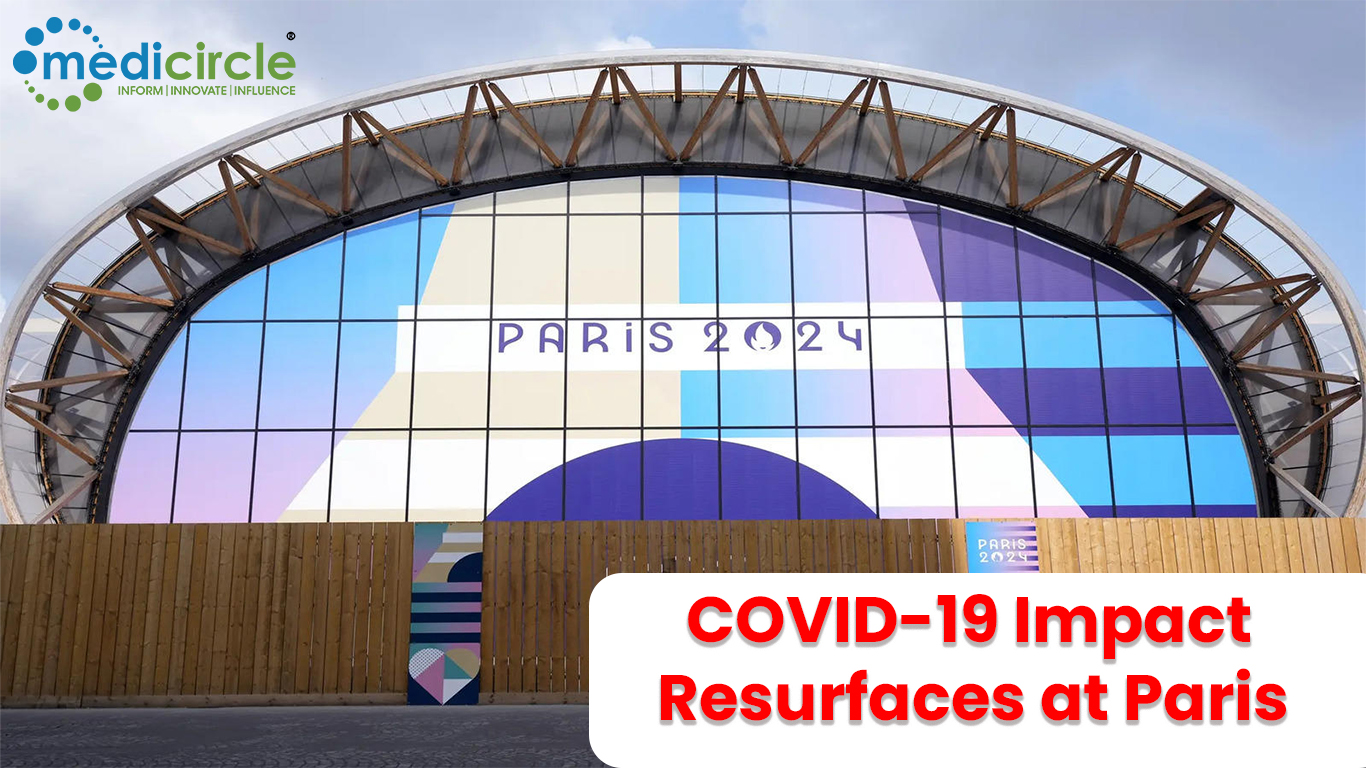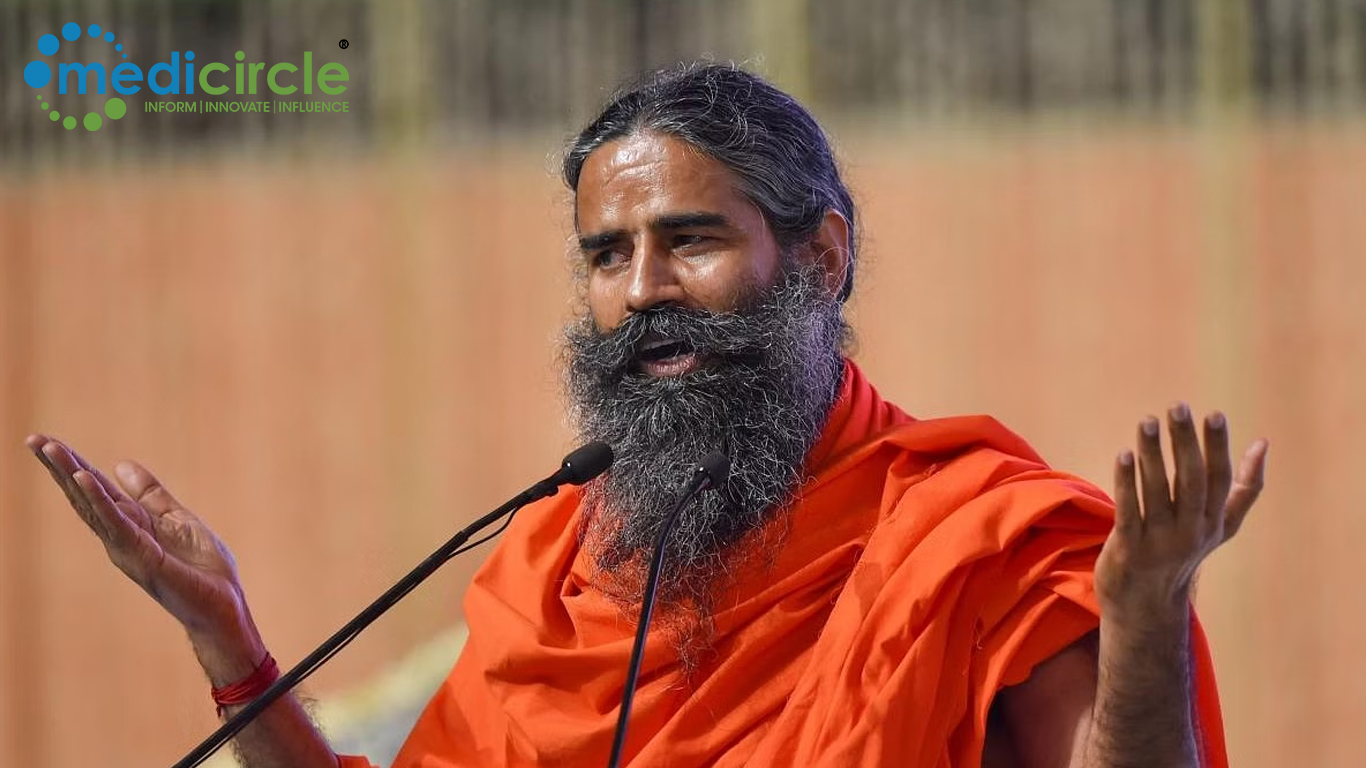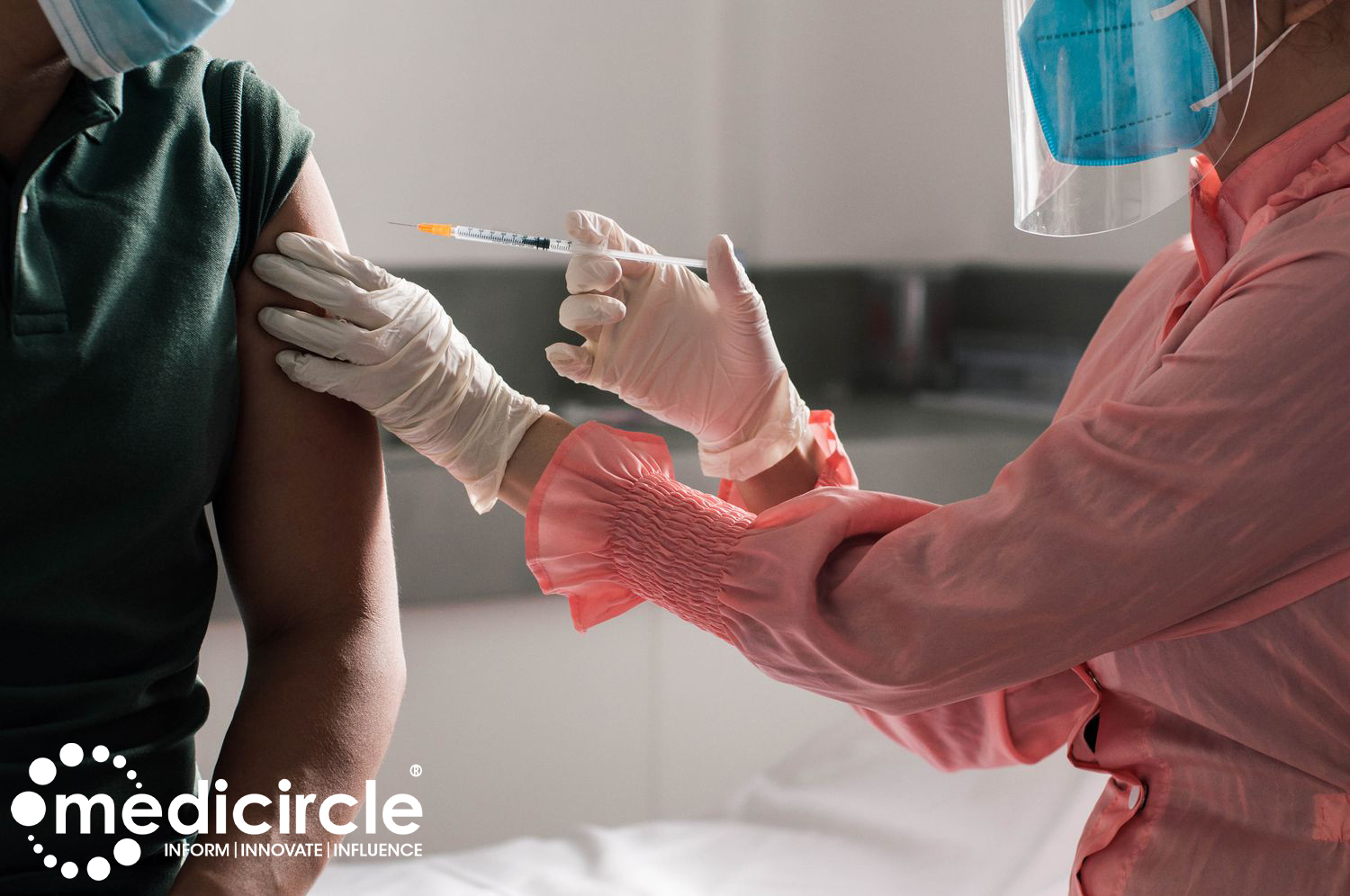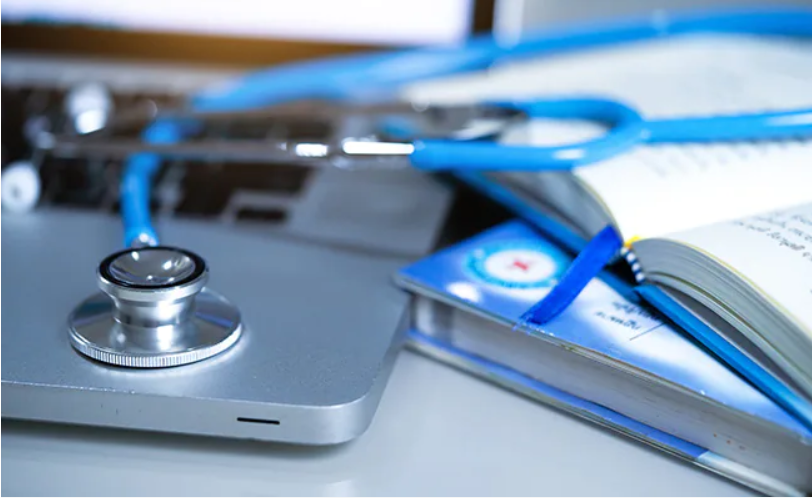In a remarkable medical feat, doctors at King George’s Medical University (KGMU) performed a pioneering beating heart surgery on a 54-year-old man who sustained critical injuries in a harrowing accident. Munne Lal Sharma, an e-rickshaw driver from Sultanpur, suffered a life-threatening incident when an iron rod pierced his heart and lungs after a fall from the roof of his home.
Details of the Incident: On March 27, Munne Lal Sharma fell approximately 10 feet while cleaning the roof of his toilet, causing him to land directly on an iron rod installed on the roof. The rod pierced through his heart and lungs, causing severe internal injuries. Despite the gravity of his condition, Munne Lal managed to reach the district hospital in Sultanpur via e-rickshaw, where he received initial treatment before being referred to KGMU for specialized care.
The Challenging Decision: Upon arrival at KGMU, the trauma surgery team faced a critical decision due to the complexity of Munne Lal’s injuries. Typically, cases involving heart injuries of this magnitude require stopping the patient’s heart and using a heart-lung bypass machine. However, immediate access to such equipment was not feasible, given the urgency of the situation and financial constraints faced by the patient’s family.
The Innovative Approach: Drs. Vaibhav Jaiswal and Yaduvendra Dheer, part of the trauma surgery unit at KGMU, opted for a ground-breaking approach: a beating heart surgery. This innovative procedure, believed to be the first of its kind in Asia for a similar case, allowed the surgeons to operate on Munne Lal’s heart while it was still beating, minimizing risks associated with stopping the heart.
The Successful Procedure: The four-hour surgery involved carefully removing a portion of the iron rod, repairing the damaged heart and lung tissues, and administering seven units of blood to stabilize Munne Lal’s condition. Despite the challenges, the surgery was a success, and Munne Lal showed remarkable progress during his recovery.
Post-Surgery Recovery: Following the surgery, Munne Lal spent three days on a ventilator and nine days in the ICU before making a full recovery. Dr. Yaduvendra Dheer explained the intricate steps involved in repairing Munne Lal’s heart chambers to prevent life-threatening complications. Dr. Sameer Mishra, overseeing the case, highlighted the challenges post-surgery, including the risk of blood clots. However, with prompt medical intervention, Munne Lal’s condition improved significantly, and he was able to walk just a day after being removed from ventilator support.
Expertise and Dedication: The success of Munne Lal’s surgery showcases the exceptional expertise and collaborative efforts of KGMU’s medical team, including trauma surgeons, cardiac specialists, and anesthesiologists. Their quick thinking, coupled with the hospital’s resources, not only saved Munne Lal’s life but also reduced the overall cost of treatment.
Munne Lal Sharma’s recovery stands as a testament to the innovation and dedication of medical professionals at KGMU. The use of cutting-edge techniques like beating heart surgery showcases the hospital’s commitment to advancing patient care and achieving positive outcomes in challenging cases. This pioneering approach offers hope for future patients facing similar critical injuries and highlighting the importance of swift, coordinated medical intervention in life-threatening situations.

 The four-hour surgery involved carefully removing a portion of the iron rod, repairing the damaged heart and lung tissues, and administering seven units of blood to stabilize Munne Lal’s condition.
The four-hour surgery involved carefully removing a portion of the iron rod, repairing the damaged heart and lung tissues, and administering seven units of blood to stabilize Munne Lal’s condition.






.png)
.png)












.jpeg)

.jpeg)










.jpg)




.jpg)

